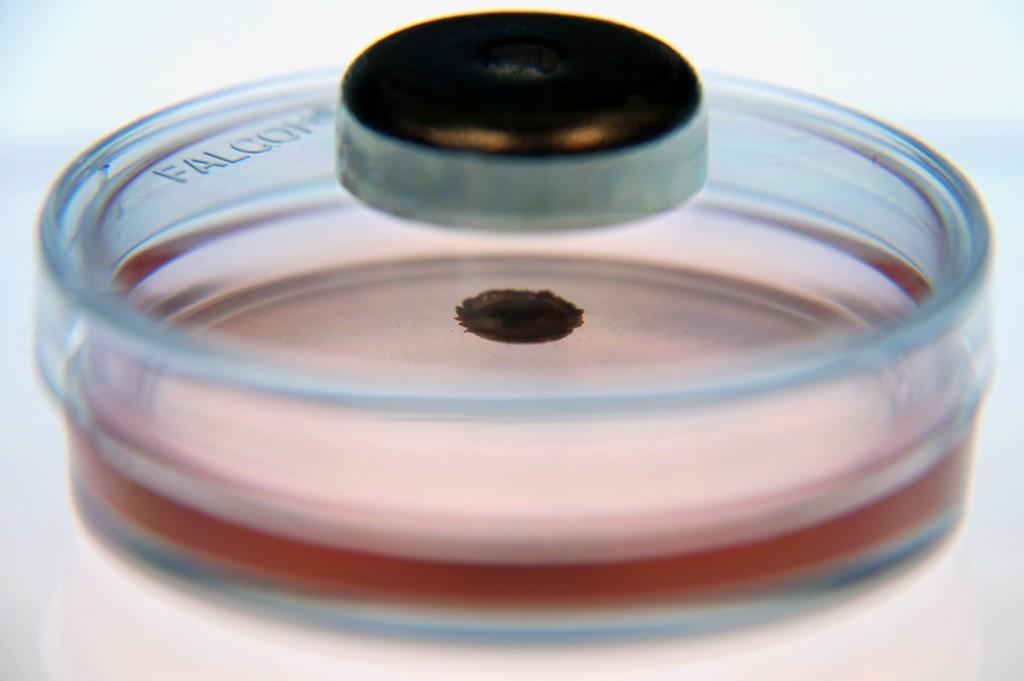 Last week we did a story on Organovo and their sophisticated techniques which allow them to reconstruct breast cancer tissue via 3D printing. Although not ready for market yet, eventually the company aims to sell these breast cancer tissue samples to pharmaceutical companies looking to test drugs to combat this terrible disease.
Last week we did a story on Organovo and their sophisticated techniques which allow them to reconstruct breast cancer tissue via 3D printing. Although not ready for market yet, eventually the company aims to sell these breast cancer tissue samples to pharmaceutical companies looking to test drugs to combat this terrible disease.
Organovo, however, isn’t the only company 3D printing cancer cells in a drive to better treat patients. A small company called Nano3D Biosciences, working with Rainbow Coral Corp via a joint venture, has made a breakthrough in regards to breast cancer research using a 3D bioprinting technique.
Nano 3D Biosciences, founded by four Ph.Ds — Glauco R. Souza, David J. Lee, Thomas C. Killian, and Robert M. Raphael — has a mission to turn their magnetic cell culture technology into the industry standard when it comes to bioprinting human tissues.
Using their NanoShuttle technology, within a machine they call the Bio-Assembler, Nano3D is able to create 3-dimensional breast cancer tissue via the manipulation of cells using magnetic nanoparticles. This technology allows for the rapid printing of cells in a tissue-like structure, meaning that animal testing and 2-dimensional cellular testing can be things of the past. The Bio-Assembler works within a common petri-dish or multiwell plate with any cell type. The tissue can then be imaged and studied similarly to that of any other microtissue.
“These results signify a crucial breakthrough in studying cancer cells outside the body and developing new treatments. We at n3D are very proud that the Bio-Assembler, a technology we developed, is being used in critical research such as this important study,” said Dr. Glauco Souza, n3D president and chief science officer.
Rainbow Coral Corp and Nano3D have been working together diligently to create a technique in which large tumor tissues could be fabricated within a short period of time, and that is seemingly what they have accomplished. They have been able to create breast tumors within a 24 hour period measuring 1mm in diameter, control the density and composition of that tumor, and test the efficiencies of common drugs like doxorubicin and Doxil® within that tumor.
“The Bio-Assembler uses biocompatible magnetic nanoparticles to levitate cells, allowing them to grow into 3D structures much faster, easier and more affordably than competing technology currently on the market,” said RBCC CEO Kimberly Palmer. “This cutting-edge study by the team in Texas perfectly shows why the Bio-Assembler is a technology coveted by leading scientists across a variety of disciplines and beautifully illustrates how it’s pushing cellular research forward.”
The hope of researchers is that this technology will enable for much quicker drug testing and discovery, hopefully leading to better treatments of breast cancer. Let’s hear your thoughts on this incredible use of bioprinting within the 3D Printing & Breast Cancer forum thread on 3DPB.com.
Subscribe to Our Email Newsletter
Stay up-to-date on all the latest news from the 3D printing industry and receive information and offers from third party vendors.
You May Also Like
Gorilla Sports GE’s First 3D Printed Titanium Cast
How do you help a gorilla with a broken arm? Sounds like the start of a bad joke a zookeeper might tell, but it’s an actual dilemma recently faced by...
Nylon 3D Printed Parts Made More Functional with Coatings & Colors
Parts 3D printed from polyamide (PA, Nylon) 12 using powder bed fusion (PBF) are a mainstay in the additive manufacturing (AM) industry. While post-finishing processes have improved the porosity of...
$25M to Back Sintavia’s Largest Expansion of Metal 3D Printing Capacity Since 2019
Sintavia, the digital manufacturing company specializing in mission-critical parts for strategic sectors, announced a $25 million investment to increase its production capacity, the largest expansion to its operations since 2019....
Velo3D Initiates Public Offering in a Bid to Strengthen Financial Foundations and Drive Future Growth
Velo3D (NYSE: VLD) has been among a number of publicly traded 3D printing firms that have attempted to weather the current macroeconomic climate. After posting a challenging financial report for 2023,...
































